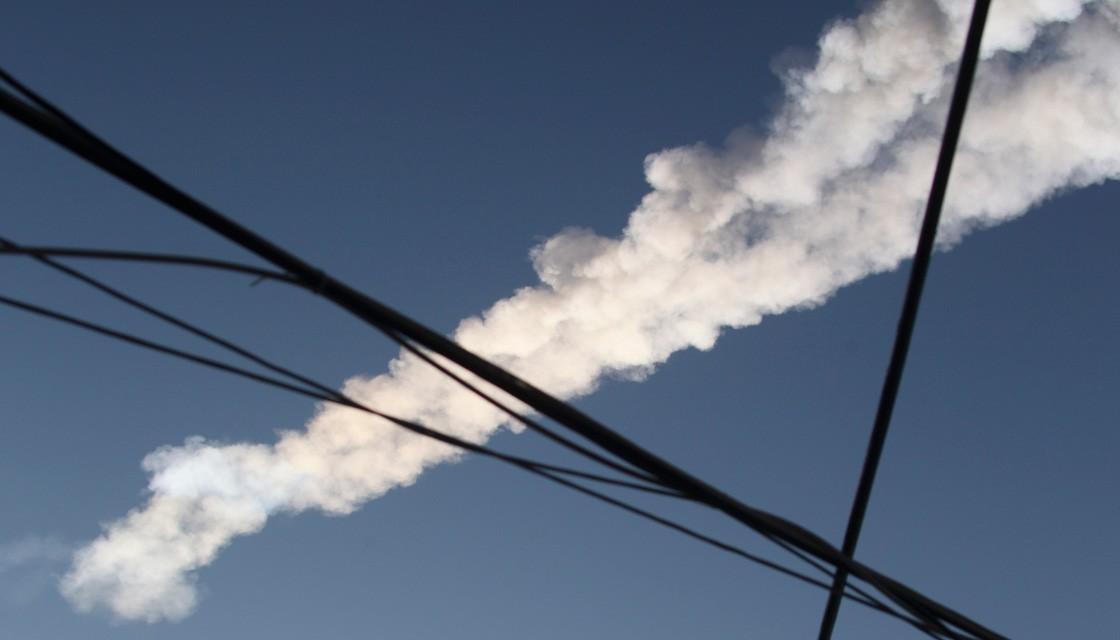Scientists have outlined three possible ways to stop a civilisation-ending asteroid from hitting the Earth.
NASA on Thursday (NZ time) released a document outlining what needs to be done, from developing the technology to stop an asteroid to figuring out how emergency services should respond in the event the technology fails.
The National Near-Earth Object Preparedness Strategy and Action Plan also reveals how little NASA and other space agencies know about the potential threat.
"NASA is confident that it has discovered and catalogued all near-Earth asteroids large enough to cause significant global damage and determined that they are not on collision courses with Earth, but there is still some chance that large comets from the outer solar system could appear and impact the Earth with warning times as short as a few months," the report said.
The threat
While astronomers are pretty sure there are no near-Earth objects (NEOs) with the destructive potential of the one that ended the dinosaur age 66 million years ago, they admit others with nearly as much power could be out there, undiscovered.
"According to current estimates, there are almost 10 million NEOs larger than 20 metres, but they are extremely difficult to detect prior to entering Earth's atmosphere," the report reads.

The asteroid that exploded over Chelyabinsk in Russia in 2013 had "roughly 20-30 times more energy than that released by the first atomic bombs", and no one saw it coming. More than 1000 people were injured.
- Opinion: Asteroid Bennu won't kill us all and of course NASA can stop it
- Is New Zealand 'the glory land' in a future apocalypse?
- Meteorite falls in Russian Urals
The object that exploded over Tunguska in 1908 could have destroyed a city as large as New York, and the report estimates fewer than 5 percent of NEOs that size have been discovered.
"NASA estimates there are over 300,000 objects larger than 40 metres that could pose an impact hazard and would be very challenging to detect more than a few days in advance."

Luckily Tunguska is in the Siberian wilderness, and despite the shocking power of the explosion, there were no recorded human casualties - but 80 million trees were knocked clean over.
Not even half the NEOs capable of inflicting damage on a continent-wide scale are believed to have been catalogued. 'Oumuamua, which passed by the Earth late last year, was the size of a skyscraper and came from outside the solar system - scientists didn't even know it was here until it was already leaving. If it had hit Earth, it could have had enough power to level a city.
The potential solutions
NASA has settled on three potential ways a threatening NEO could be neutralised.
The first, made famous by action filmmaker Michael Bay's 1998 classic Armageddon, is to nuke it.
"Disruption via nuclear explosive device may be the only feasible option for NEOs that are very large or come with short warning time," the report states.
But it wouldn't involve sending Bruce Willis, or anyone else, to the asteroid itself.
"It makes a good movie, but we did not see in our study any technique that would require the involvement of astronauts," NASA planetary defence officer Lindley Johnson said.
The second is also fairly obvious - knock it out of the way using a "kinetic impactor". This could either be a spacecraft aimed right at the asteroid at high speed, or a small nuclear device, which changes the asteroid's course.
The third NASA calls a "gravity tractor" - a "spacecraft positioned near a NEO that uses the spacecraft's own gravity over a long period of time to slowly change the NEO's orbit".
All of these options however are only feasible with at least 10 years' notice, Mr Johnson said at the report's unveiling. Any sooner than that, and evacuating the impact area would be the only real option.
Avoiding mass panic would require a lot of planning and cooperation between agencies, he said.
"With the internet this information about a detection of an asteroid that could be a threat is going to be instantly out. It's not something that can be hidden."
NASA wants more funding for telescopes to find the NEOs it's missed so far.
Newshub.
